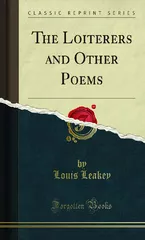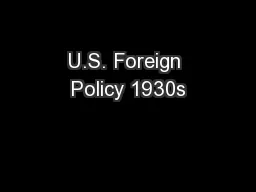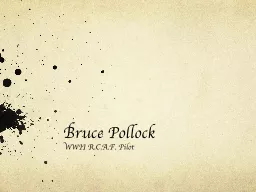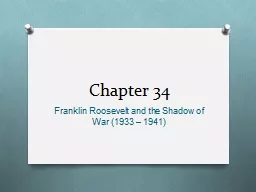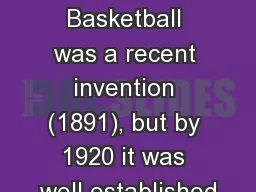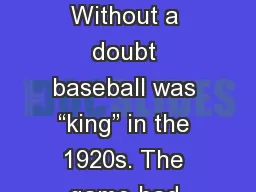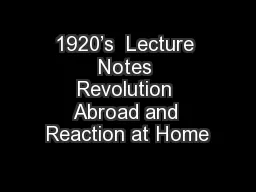PPT-Boom Times to Hard Times 1920-1941
Author : tawny-fly | Published Date : 2020-04-05
M Hopkins US History Honors Society in the 1920s WWI caused many young people to challenge the established traditional values Flapper young woman who was bold
Presentation Embed Code
Download Presentation
Download Presentation The PPT/PDF document " Boom Times to Hard Times 1920-1941" is the property of its rightful owner. Permission is granted to download and print the materials on this website for personal, non-commercial use only, and to display it on your personal computer provided you do not modify the materials and that you retain all copyright notices contained in the materials. By downloading content from our website, you accept the terms of this agreement.
Boom Times to Hard Times 1920-1941: Transcript
Download Rules Of Document
" Boom Times to Hard Times 1920-1941"The content belongs to its owner. You may download and print it for personal use, without modification, and keep all copyright notices. By downloading, you agree to these terms.
Related Documents



